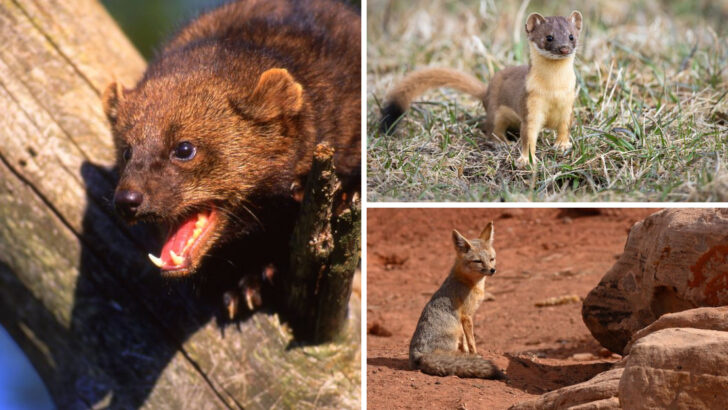Some animals practically beg to be seen—soaring eagles, lumbering bears, curious deer. But others? They vanish into the wilderness like shadows, rarely giving humans more than a fleeting glimpse.
From the snow-covered peaks of Alaska to the dense swamps of the South, North America is home to some of the most elusive creatures on the planet. Some are masters of camouflage, others are simply too rare or too shy to risk an encounter. Either way, spotting one in the wild feels like winning the lottery.
So, who are these mysterious creatures that seem to exist just beyond our reach? Here are 19 wild animals that prove nature still knows how to keep a secret.
Canadian Lynx
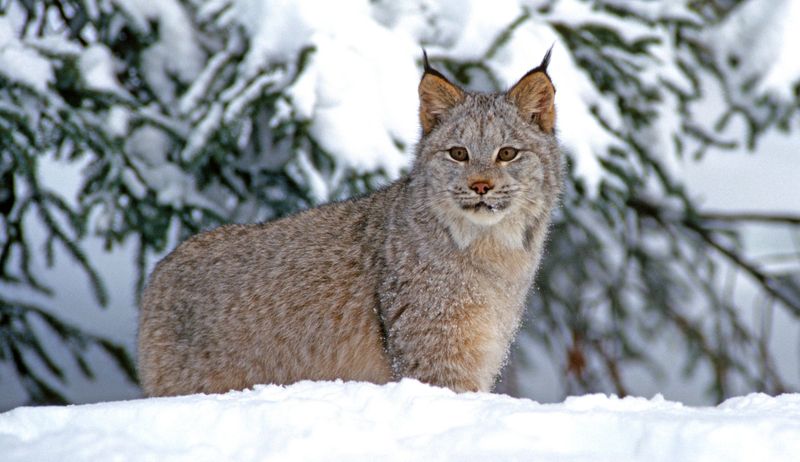
The Canadian Lynx is a master of stealth. This wild cat, with its tufted ears and thick fur, thrives in the boreal forests of Canada and Alaska. Its large, snowshoe-like paws allow it to move silently across snowy terrains. Spotting a Canadian Lynx is a rare treat, as they are solitary and nocturnal creatures.
Their primary prey is the snowshoe hare, and their populations fluctuate with the hare’s. Conservation efforts focus on protecting their habitat from logging and climate change, ensuring these majestic cats continue to roam the wild.
Gray Wolf
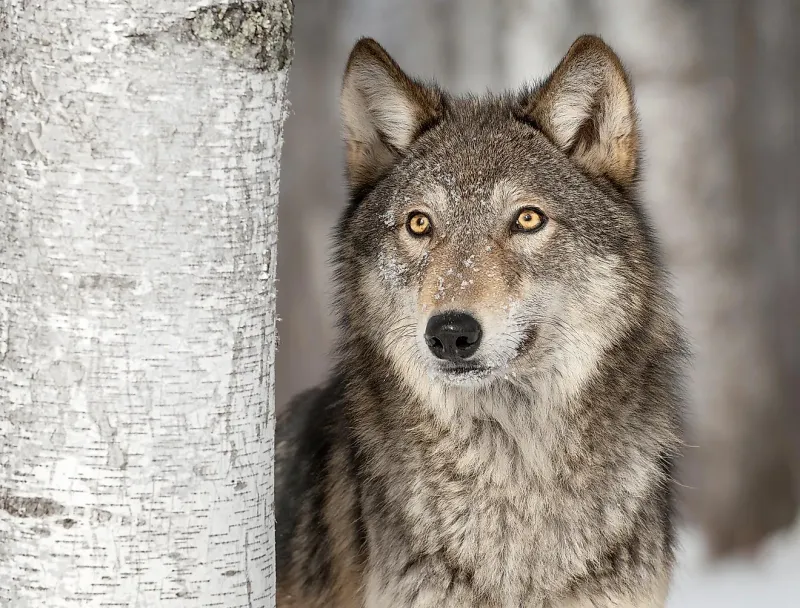
The Gray Wolf is both feared and revered across North America. These social animals live in packs and communicate through howls. They inhabit remote wilderness areas, making them a challenge to observe in the wild.
Gray wolves play a crucial role in maintaining ecological balance by controlling prey populations. Conservation efforts have been essential in bringing back their numbers, especially in Yellowstone National Park. Observing a Gray Wolf in its natural habitat is a testament to successful wildlife management and the resilience of nature.
Mountain Lion
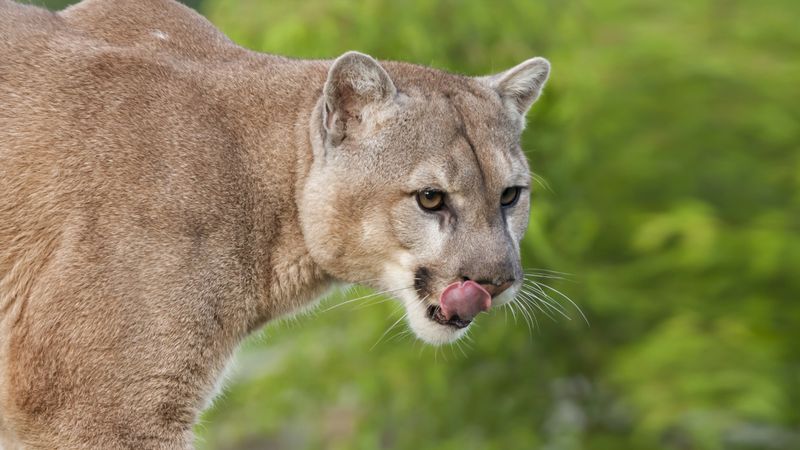
Mountain Lions, also known as cougars or pumas, are enigmatic predators that roam across various habitats, from deserts to forests. With their powerful build and keen senses, they are adept hunters, preferring to stalk their prey quietly.
These solitary cats cover extensive ranges, making sightings rare. Human development poses significant threats to their territories, but conservationists strive to create wildlife corridors. Encountering a Mountain Lion in the wild is an awe-inspiring experience, highlighting the beauty and power of these magnificent felines.
Wolverine
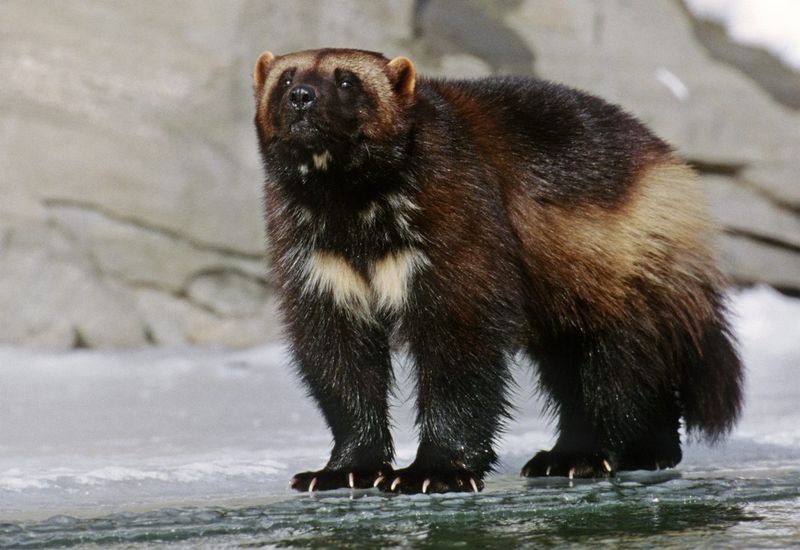
The Wolverine is a symbol of strength and tenacity. Known for its fearless nature, it roams the northern forests and tundra of North America. Despite being small compared to other predators, Wolverines are formidable hunters, capable of taking down prey much larger than themselves.
Their elusive nature is partly due to their vast home ranges, which they patrol with relentless energy. Conservation efforts aim to understand their ecology better, ensuring these resilient creatures continue to thrive in their rugged habitats.
American Marten
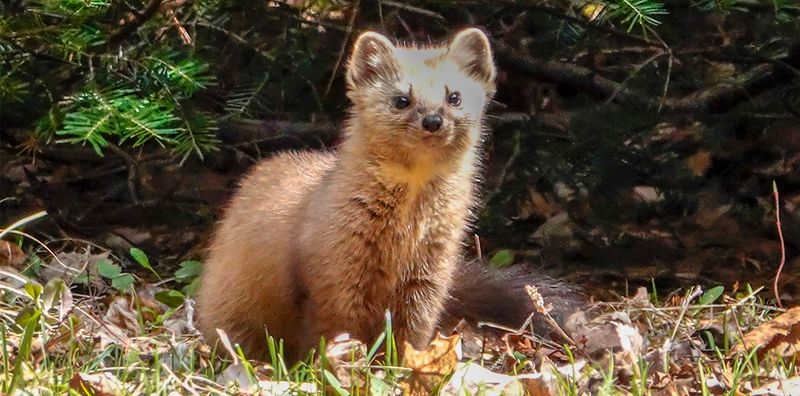
The American Marten is a small, agile carnivore found in northern forests. Its slender body and reddish-brown fur make it a master of navigating tree canopies. Martens are primarily solitary, and their elusive behavior makes them a challenging species to study.
They rely on old-growth forests for survival, where they hunt small mammals and birds. Protecting these habitats is crucial for their conservation. Observing an American Marten in the wild offers a glimpse into the complex web of forest life.
North American River Otter
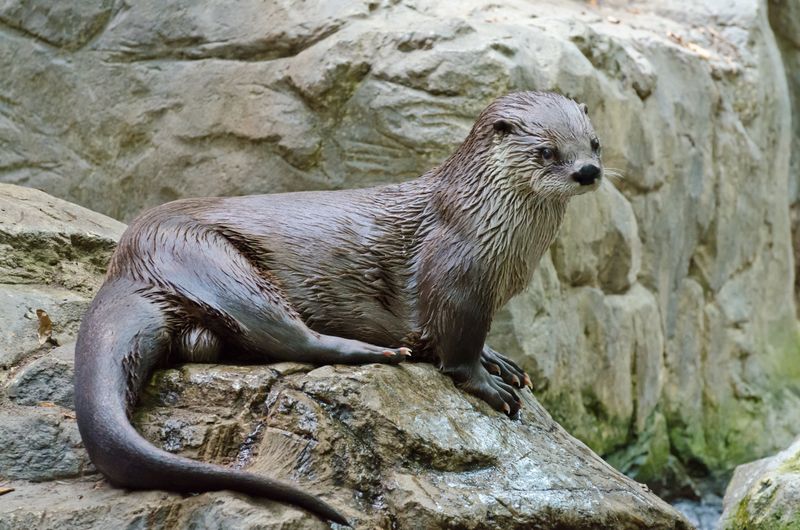
Known for their playful antics and boundless energy, North American River Otters are a joy to observe. They inhabit rivers, lakes, and coastal areas, where they feed on fish and invertebrates.
These otters have adapted well to aquatic life, with streamlined bodies and webbed feet. However, pollution and habitat destruction threaten their populations. Conservation programs focus on restoring healthy waterways to support otter habitats. Spotting these lively creatures is a reminder of the importance of clean, unspoiled natural environments.
Red Fox
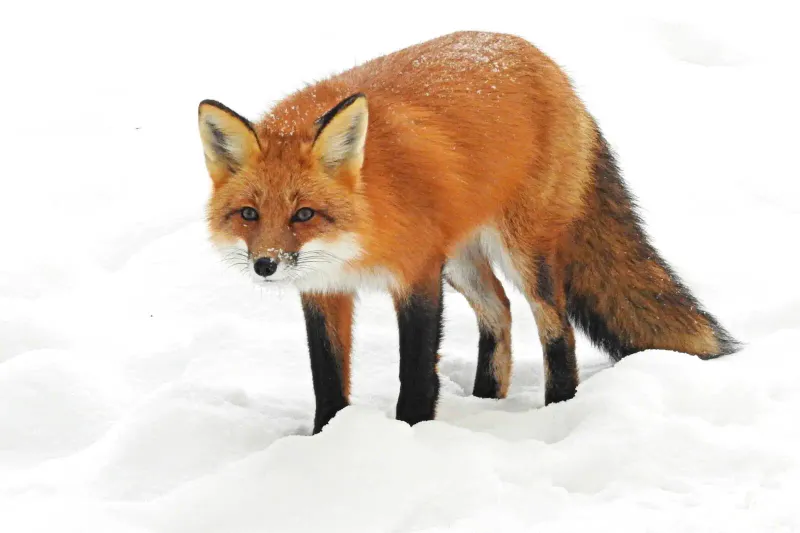
The Red Fox is a cunning and adaptable predator found throughout North America. With its striking red coat and bushy tail, it is a symbol of wilderness and cunning.
These foxes thrive in diverse environments, from forests to urban areas, making them one of the more widespread yet elusive animals. Their nocturnal habits and keen senses help them avoid humans. Conservation efforts largely focus on managing urban encroachment. Encountering a Red Fox in its natural setting is a glimpse into the adaptability and survival skills of wildlife.
Bobcat
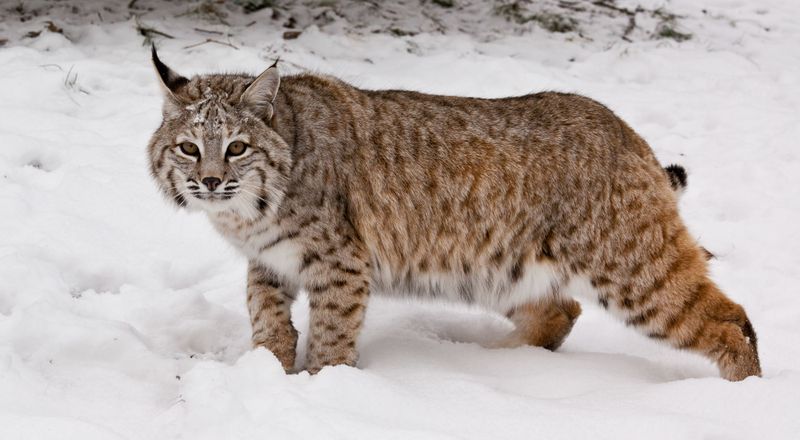
Bobcats are versatile, medium-sized wild cats that adapt to various habitats, from swamps to deserts. Known for their distinctive tufted ears and spotted coat, they are solitary and primarily nocturnal hunters.
Their adaptability allows them to thrive near human settlements, yet they remain elusive due to their secretive nature. Bobcats are essential for controlling rodent populations, and conservation efforts ensure their habitats are preserved. Observing a Bobcat requires patience and luck, offering a rewarding glimpse of wilderness close to home.
Eastern Spotted Skunk
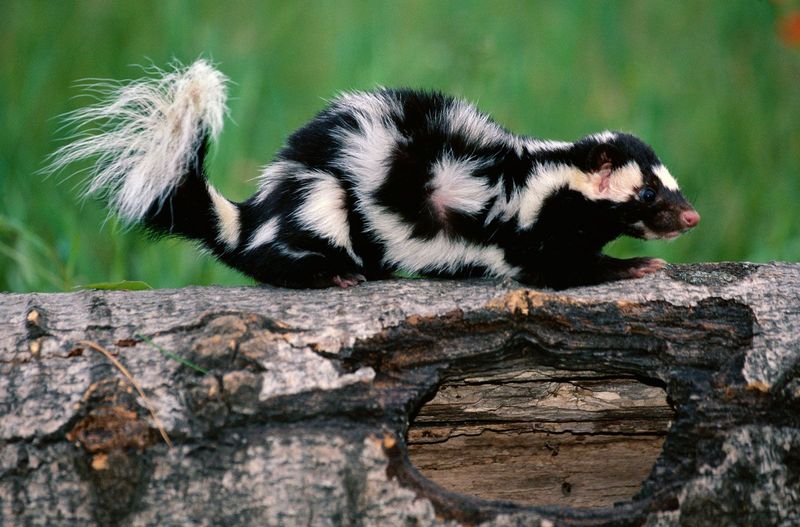
The Eastern Spotted Skunk is known for its acrobatic defensive display. Unlike its more common relatives, this skunk is elusive and rarely seen.
Inhabiting wooded and brushy areas, it feeds on insects and small vertebrates. Its populations have declined due to habitat loss and pesticide use. Conservationists are working to understand its ecological needs better to aid in its recovery. Spotting this skunk is a rare and fascinating experience, showcasing the diversity of North American fauna.
Ringtail
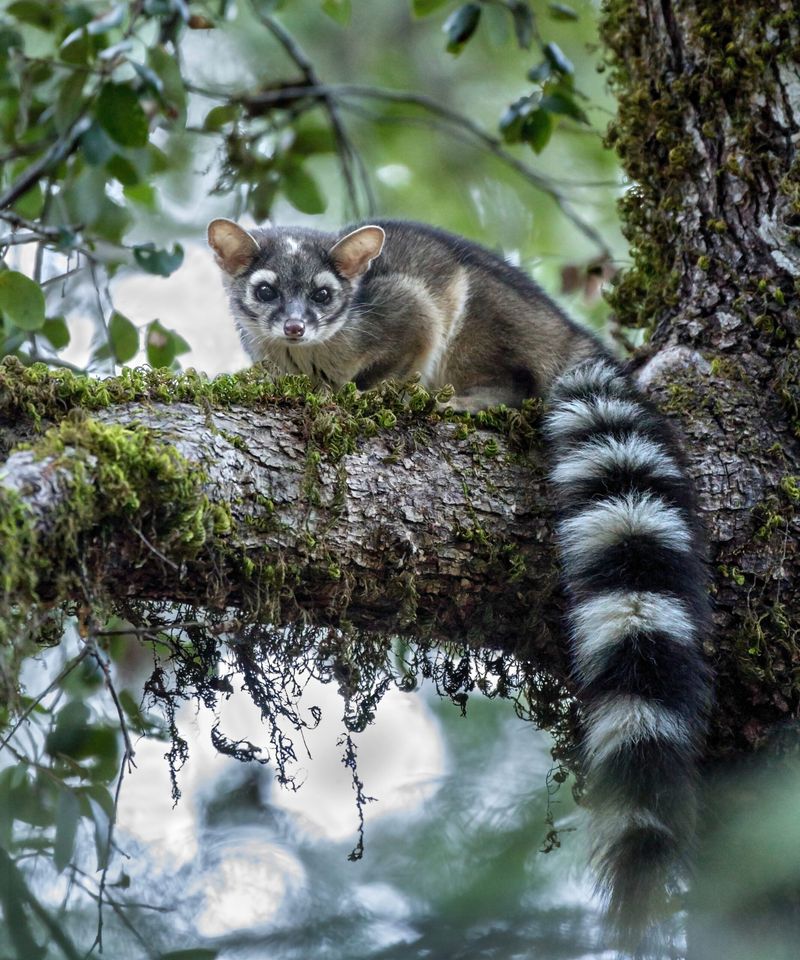
Ringtails, with their cat-like appearance and long, bushy tails, are dexterous climbers found in arid regions and rocky outcrops. Although related to raccoons, they are much shyer and harder to spot.
They are nocturnal and solitary, using their keen senses to hunt small animals. Human activities threaten their habitats, but protected areas offer a safe haven. Observing a Ringtail in its natural environment is a testament to the adaptability of wildlife in challenging landscapes.
Pine Marten
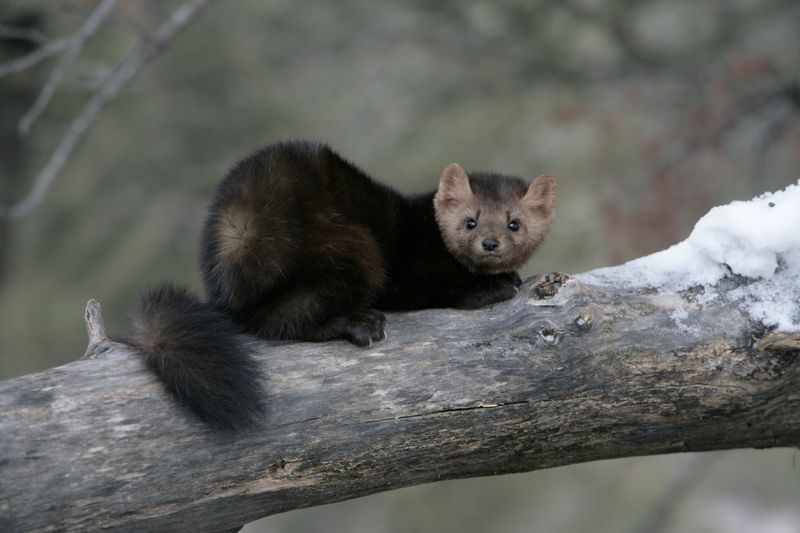
The Pine Marten is a symbol of the northern forests, known for its agility and grace. With a sleek body and bushy tail, it navigates effortlessly through tree canopies in search of prey.
Pine Martens are largely solitary and elusive, making them difficult to study. They play a crucial role in controlling small mammal populations. Conservation efforts focus on preserving mature forest ecosystems. Spotting a Pine Marten is a rare experience, offering insight into the hidden life of the woods.
Eastern Cougar
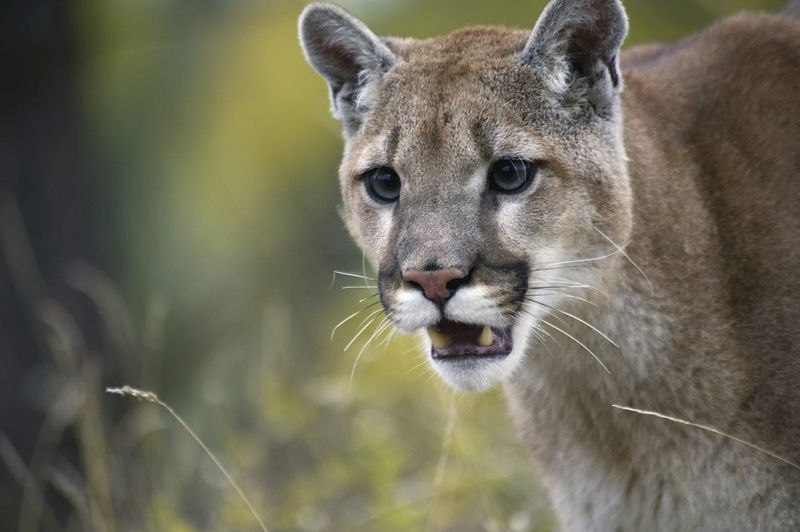
The Eastern Cougar, a subspecies of the mountain lion, is one of the most mysterious felines in North America. Once widespread, its populations drastically declined due to hunting and habitat loss.
Eastern Cougars are incredibly elusive, and many believe they are extinct in the wild. However, occasional sightings fuel hope for their survival. Conservationists focus on habitat restoration and protection. Spotting an Eastern Cougar would be a rare and extraordinary event, symbolizing the ongoing struggle for wildlife preservation.
Fisher
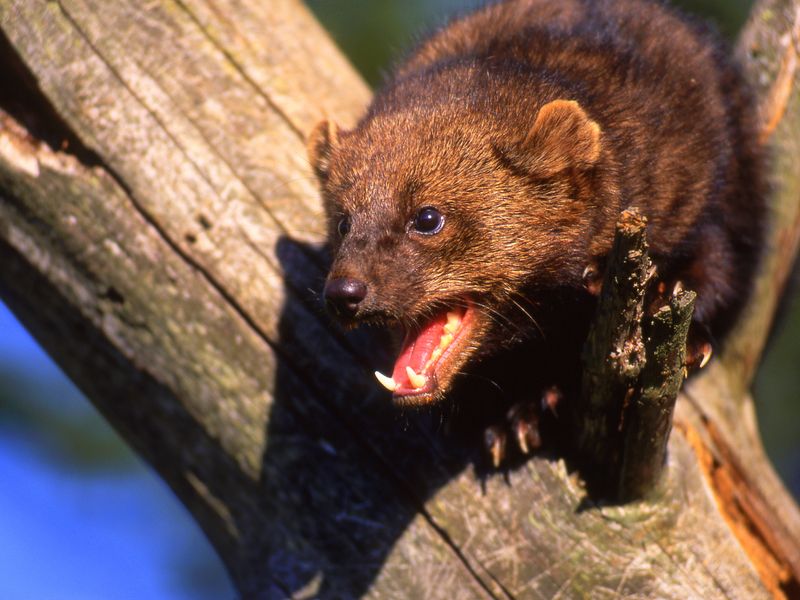
The Fisher, a member of the weasel family, is known for its hunting prowess and elusive nature. It prefers dense forests where it can stealthily move in search of prey.
Fishers have a varied diet, but they are one of the few predators capable of hunting porcupines. Habitat loss and fragmentation pose significant threats, leading to focused conservation efforts. Observing a Fisher in the wild is a rare occurrence, providing a window into the intricate dynamics of forest ecosystems.
Kit Fox
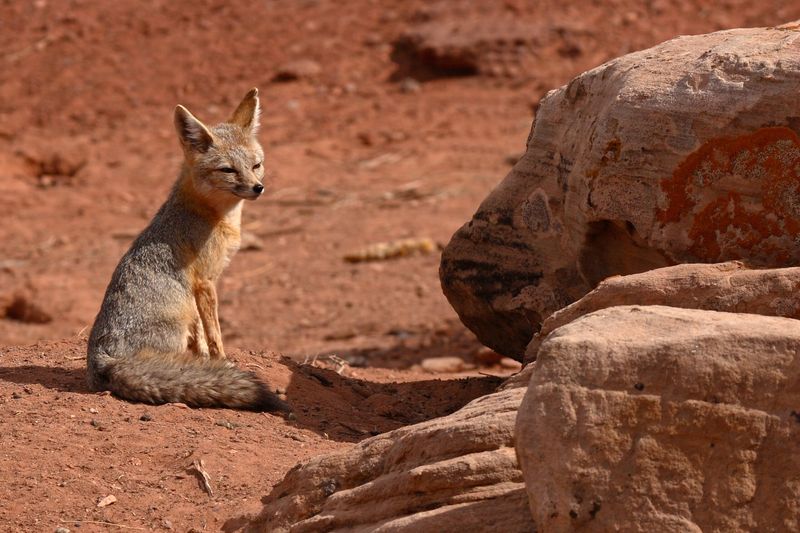
The Kit Fox is a small, nocturnal predator adapted to desert environments. With large ears and a bushy tail, it is designed to survive harsh conditions.
These foxes are elusive, spending daylight hours in burrows to escape the heat. Human encroachment and habitat destruction threaten their populations. Conservation programs aim to protect desert ecosystems. Spotting a Kit Fox in its natural habitat is a glimpse into the adaptability and resilience of desert wildlife.
Long-tailed Weasel
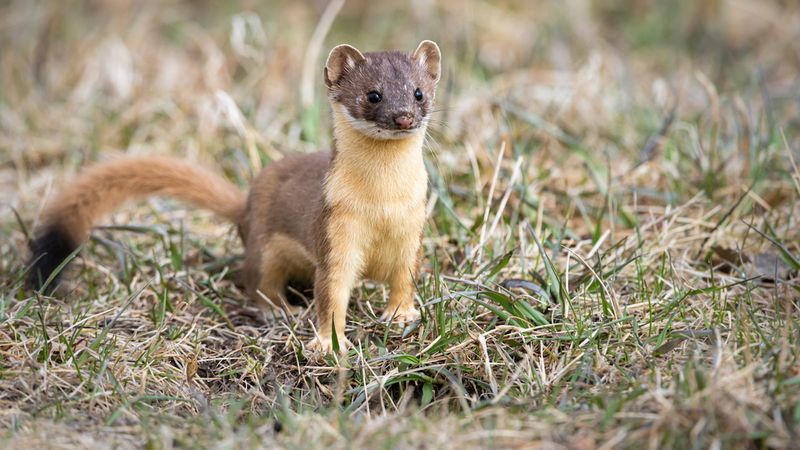
The Long-tailed Weasel is a small, energetic predator found in diverse habitats across North America. With its sleek, elongated body, it is a skilled hunter of small mammals.
Despite their widespread distribution, they are seldom seen due to their secretive nature. Long-tailed Weasels play an important role in controlling rodent populations. Protecting their habitats ensures ecological balance. Encountering a Long-tailed Weasel offers a rare glimpse of the dynamic interplay of predator and prey.
Snowshoe Hare
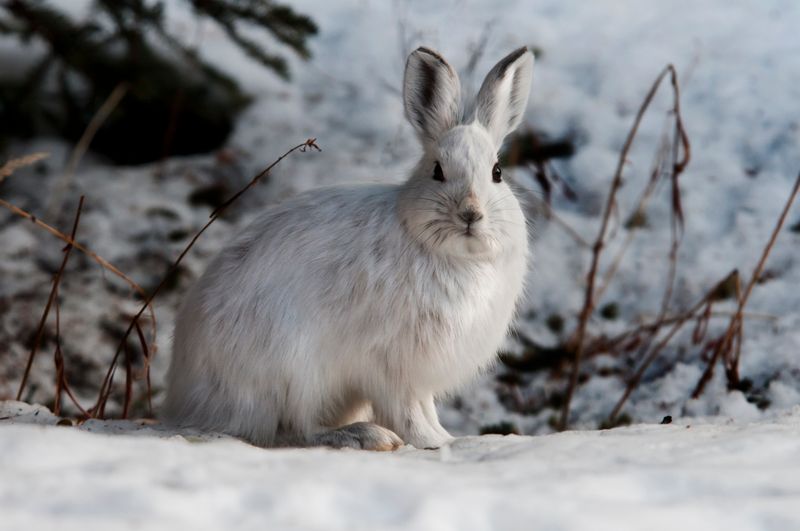
The Snowshoe Hare is a master of disguise, changing its fur color with the seasons. Found in northern forests, it is a vital prey species for many predators.
These hares are elusive, relying on camouflage and agility to evade threats. Climate change poses a significant risk by disrupting their habitat and food sources. Conservation efforts aim to mitigate these impacts. Observing a Snowshoe Hare in the wild highlights the delicate balance of nature and the adaptability of wildlife.
Ocelot
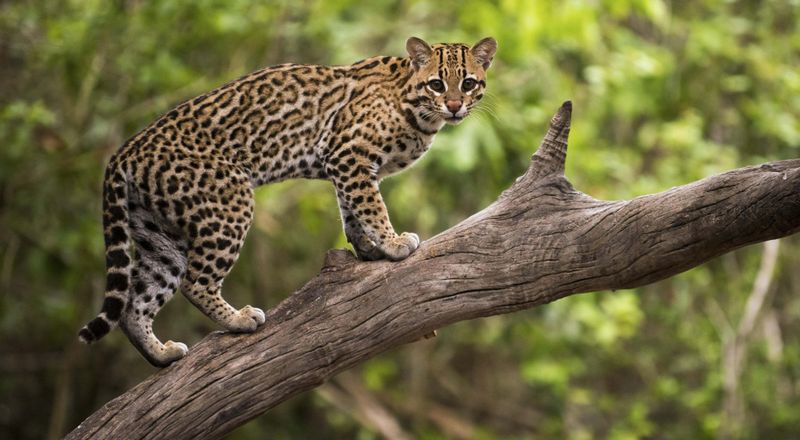
The Ocelot is a strikingly beautiful wild cat found in the southernmost parts of North America. With its distinctive spotted coat, it is a master of camouflage in dense forests.
Ocelots are nocturnal and solitary, making them difficult to observe. They face threats from habitat destruction and illegal hunting. Conservation efforts focus on habitat protection and restoration. Spotting an Ocelot in the wild is a privilege, highlighting the importance of biodiversity and conservation.
Badger
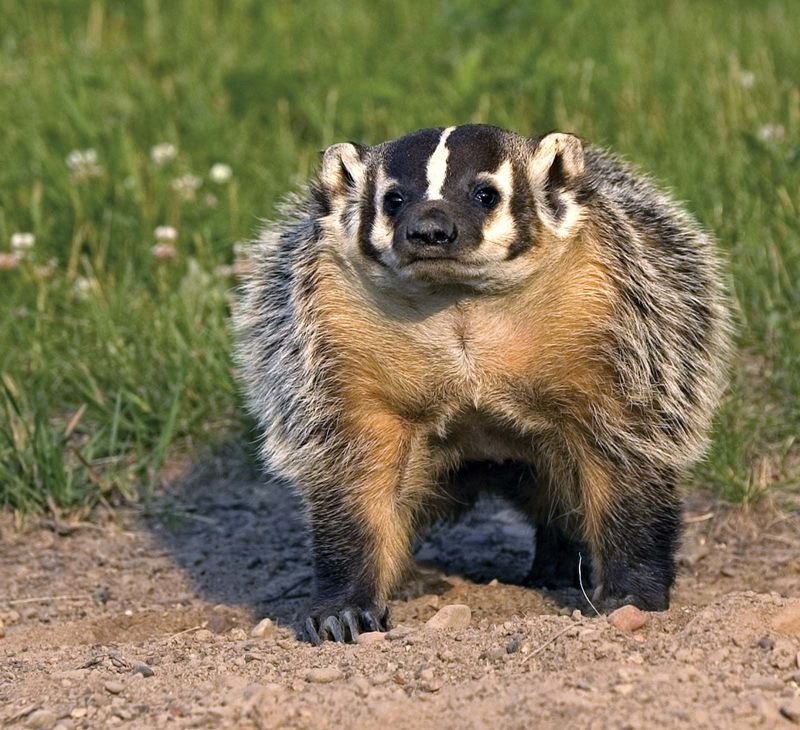
Badgers are robust creatures with distinctive black and white markings. Found in open plains and grasslands, they are expert diggers and solitary animals.
Their burrowing habits create habitats for other species, playing a vital role in ecosystems. Human activity and persecution threaten their populations, but conservation efforts aim to protect their habitats. Encountering a Badger in the wild reveals the resilience and tenacity of these remarkable animals.
Pronghorn
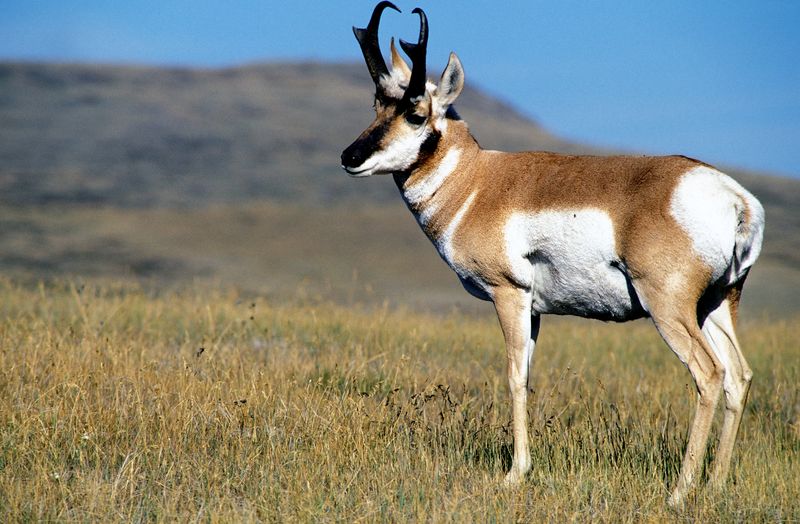
The Pronghorn is one of North America’s swiftest animals. Found in open prairies and deserts, they are known for their incredible speed and endurance.
Pronghorns are elusive and wary, often seen darting across vast landscapes. Habitat fragmentation poses the greatest threat, as it impedes their migratory routes. Conservation programs work to preserve their habitats and corridors. Spotting a Pronghorn in full flight is a breathtaking spectacle, showcasing the remarkable adaptability and survival prowess of North American wildlife.

